Text

Gold and macle ring, Champa (Vietnam), 7th-12th century AD
from Sothebys
1K notes
·
View notes
Text
Dear Followers
About two months ago I lost access to my account. I thought it was deleted, but then about a month later it spontaneously returned. So most likely it was some kind of malfunction that tumblr took a lot of time to fix. Who knows.
Anyway the truth of the matter is that I really didn't care that much. My interests have changed and I was getting bored with the content I had posted. I was posting antique firearms, then antique arms and armor in general. But my interests had shifted away from such topics and on to others. That is why I created treasures-of-the-ancients. Blogging was beginning to become a chore with peashooter85.
So I have decided to let peashooter85 die. I will no longer be posting here.
I have a new blog called @memories-of-ancients. It deals mostly with ancient and medieval history, the pre-modern era, and a little bit of the 18th century up to the Napoleonic Wars, and maybe some assorted modern history that really catches my eye.
I also have @peashooter-invictus which operates as a personal blog, which will have some assorted history and antiques, but mostly is just me reblogging cat pics.
Best,
Peashooter
505 notes
·
View notes
Text
Dear Followers
About two months ago I lost access to my account. I thought it was deleted, but then about a month later it spontaneously returned. So most likely it was some kind of malfunction that tumblr took a lot of time to fix. Who knows.
Anyway the truth of the matter is that I really didn't care that much. My interests have changed and I was getting bored with the content I had posted. I was posting antique firearms, then antique arms and armor in general. But my interests had shifted away from such topics and on to others. That is why I created treasures-of-the-ancients. Blogging was beginning to become a chore with peashooter85.
So I have decided to let peashooter85 die. I will no longer be posting here.
I have a new blog called @memories-of-ancients. It deals mostly with ancient and medieval history, the pre-modern era, and a little bit of the 18th century up to the Napoleonic Wars, and maybe some assorted modern history that really catches my eye.
I also have @peashooter-invictus which operates as a personal blog, which will have some assorted history and antiques, but mostly is just me reblogging cat pics.
Best,
Peashooter
505 notes
·
View notes
Text

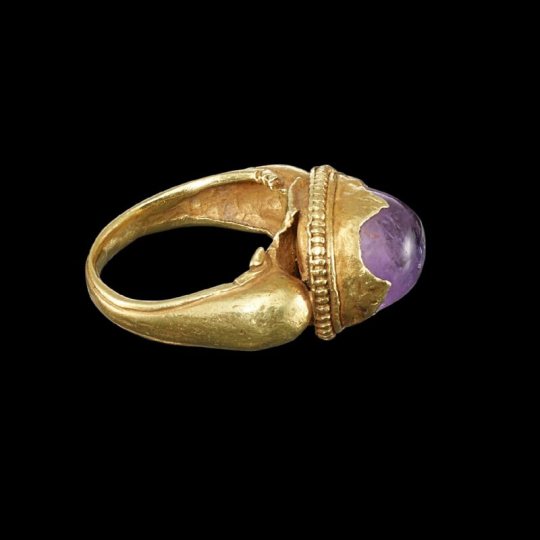
Gold and amethyst ring, Khmer (Cambodia), 7th-12th century AD
from Sotheby's
858 notes
·
View notes
Text

Gold and sapphire ring, Khmer (Cambodia), 7th-12th century AD
from Sothebys
524 notes
·
View notes
Text

Gold, ruby, and sapphire brooch, inscribed "IO SUI ICI EN LIU DAMI: AMO:'' (I am here in the place of the friend I love), France, 13th century
from The British Museum
3K notes
·
View notes
Text

Gold and shell double crocodile pendant, Cocle culture (Panama), 8th - 12th century AD
from The Metropolitan Museum of Art
369 notes
·
View notes
Text

Gold and garnet ring, Roman, 1st century BC - 1st century AD
from Timeline Auctions
358 notes
·
View notes
Text

2,500 year old Scythian comb, from the Hermitage Museum in St. Petersburg, Russia.
771 notes
·
View notes
Text
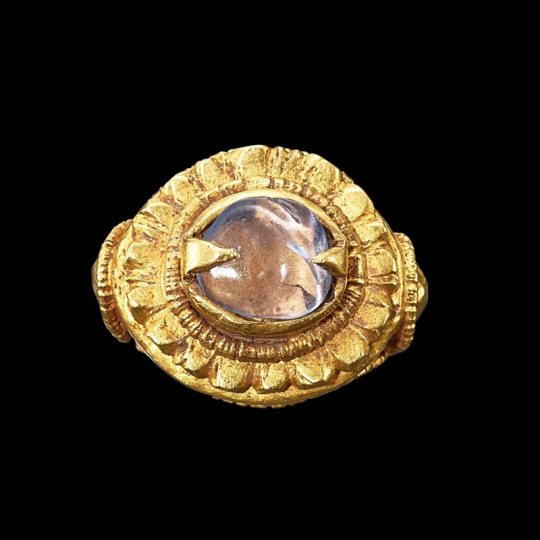

Gold and sapphire ring, Champa (Vietnam), 14th century
from Sothebys
291 notes
·
View notes
Text

Blue chalcedony intaglio depicting a heron catching a frog, Greek, 5th century BC
from Christies
444 notes
·
View notes
Text
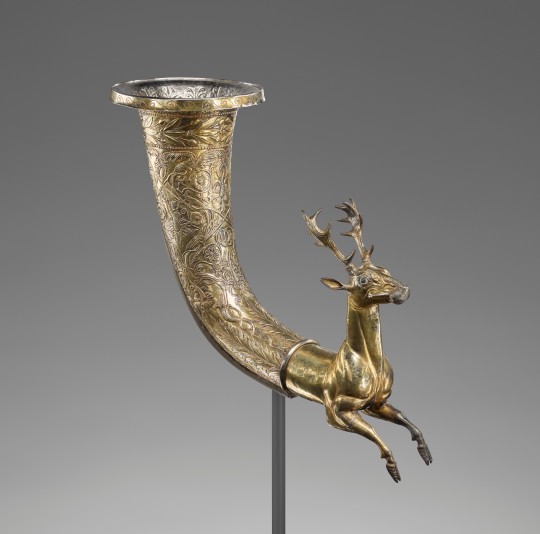
Guilded silver rhyton, Parthian (Iran), 50BC-50AD
from The J. Paul Getty Museum
382 notes
·
View notes
Photo


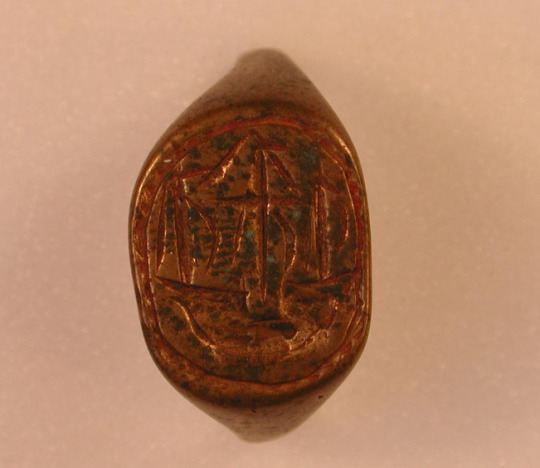

Four signet rings of merchant ship owners/captains, 16th -17th century
856 notes
·
View notes
Text
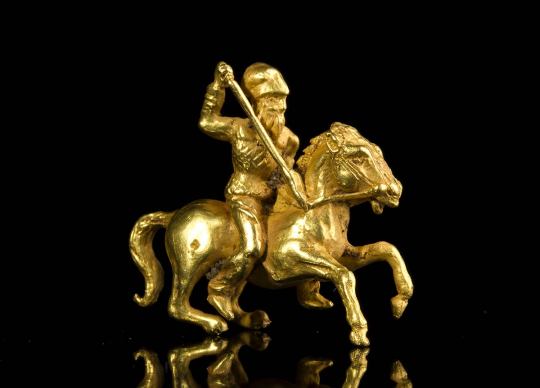
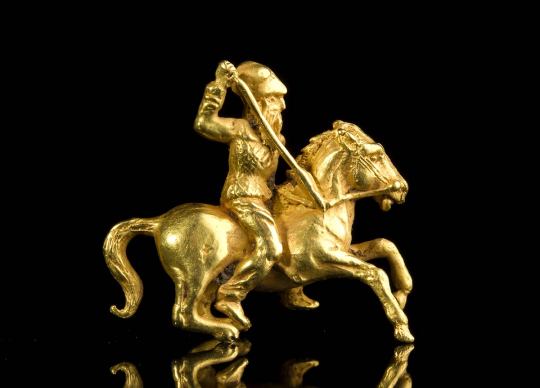

Scythian gold knight 4th C. BCE. length cm 2,4; gr. 13,41; Swiss private collection, 1970s-1980s.
"It is difficult to reconstruct the organization of the Scythian army. Written sources confirm its division into cavalry and infantry, and this is not contradicted by archaeological data. Cavalry was the principle arm of the Scythians, as was typically the case among nomadic societies. Herodotus and Thucydides put it in a clear-cut way, stating that each Scythian warrior was a mounted archer. On the other hand, Diodorus Siculus wrote that in one particular battle the Scythians fielded twice as many foot as horse. This is not surprising, in fact; for Diodorus was dealing with events of the late 4th century, when the gradual transition from nomadic to sedentary life among the Scythians was becoming marked; and it should also be noted that the majority of the combatants in the battle he describes were drawn from areas where this process was especially advanced.
Throughout early Scythian history the overwhelming majority of the men were mounted; infantry consisted of the poorer Scythians, and levies from those settled tribes whose territory was nom dominated by the Scythians. Commoners from these vassal tribes, which were obliged to provide military service, served on foot, and their more well-to-do leaders in the cavalry.
The bulk of the cavalry was probably made up of lightly-armed warriors, protected by no more than fur or hide jackets and headgear. The shock force of the Scythian host was the professional, heavily-armed cavalry commanded by local princes. Both horses and riders were well protected. They fought in formation, under discipline, and brought to the battlefield considerable experience of warfare. The engagement opened with a shower of arrows and sling-stones, followed at closer range by darts and javelins. The heavy cavalry then charged in close formation, delivering the main blow on the center of the enemy's array. They were certainly capable of maneuver in battle, breaking through the enemy ranks, regrouping in the thick of the action, and changing direction to strike at the right place at the right time. When the enemy had been broken the lightly-armed mass of the Scythian horse closed in to finish them off."
-The Scythians 700-300 BC: Dr. E.V. Cernenko, Angus McBride, & Dr. M.V. Gorelik
385 notes
·
View notes
Text

A bhuj, gilded and decorated with red and green stone, Kutch (India), mid 19th century
from Czerny's International Auction House
913 notes
·
View notes
Text
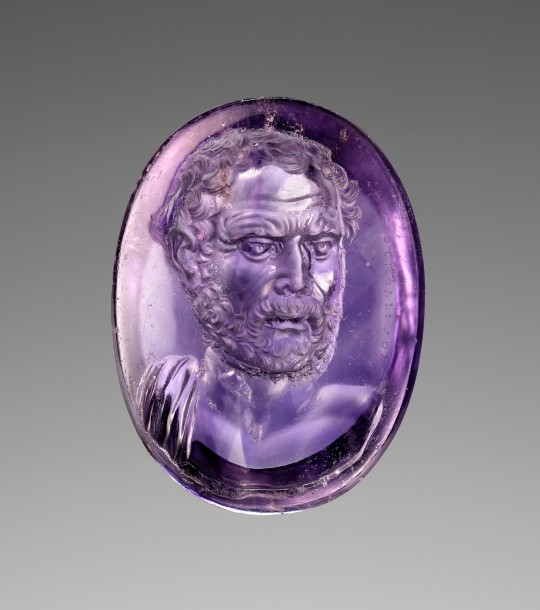
Amethyst intaglio with bust of Erothosthenes, Roman, 1st century AD
from The J. Paul Getty Museum
682 notes
·
View notes
Text

Gold and amber pendant necklace, Etruscan, 550-450 BC
from The J. Paul Getty Museum
283 notes
·
View notes